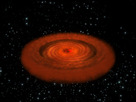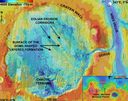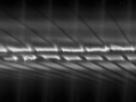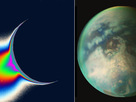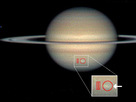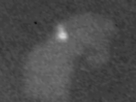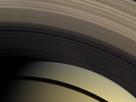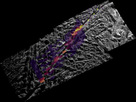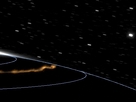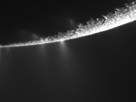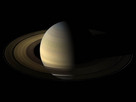The operating space science missions
Europe maintains its presence on the final frontier
ESA has decided to extend the productive lives of 11 of its operating space science missions. This will enable ESA’s world-class science missions to continue returning pioneering results until at least 2014.
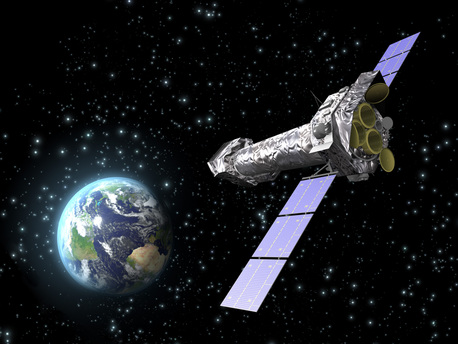 © ESA (Image by C. Carreau)
|
An artist's impression of XMM-Newton
Article Content
XMM-Newton
ESA’s Science Programme Committee (SPC) had to make significant decisions at its 18-19 November meeting in Paris: 11 science missions, all of them still working beyond their planned lifetimes, all of them still delivering exceptional science, and yet all coming to the end of their funding.
“Their longevity is a testament to the care with which the industrial teams built these satellites, the expert way the project teams operate them, and the ingenuity of the scientists who keep thinking of new and valuable science investigations to make with them,” says Martin Kessler, Head of ESA’s Science Operations Department.
“Their longevity is a testament to the care with which the industrial teams built these satellites, the expert way the project teams operate them, and the ingenuity of the scientists who keep thinking of new and valuable science investigations to make with them,” says Martin Kessler, Head of ESA’s Science Operations Department.
The operating space science missions
Europe maintains its presence on the final frontier
ESA has decided to extend the productive lives of 11 of its operating space science missions. This will enable ESA’s world-class science missions to continue returning pioneering results until at least 2014.
 © ESA (Image by C. Carreau)
|
An artist's impression of XMM-Newton
Article Content
XMM-Newton
ESA’s Science Programme Committee (SPC) had to make significant decisions at its 18-19 November meeting in Paris: 11 science missions, all of them still working beyond their planned lifetimes, all of them still delivering exceptional science, and yet all coming to the end of their funding.
“Their longevity is a testament to the care with which the industrial teams built these satellites, the expert way the project teams operate them, and the ingenuity of the scientists who keep thinking of new and valuable science investigations to make with them,” says Martin Kessler, Head of ESA’s Science Operations Department.
“Their longevity is a testament to the care with which the industrial teams built these satellites, the expert way the project teams operate them, and the ingenuity of the scientists who keep thinking of new and valuable science investigations to make with them,” says Martin Kessler, Head of ESA’s Science Operations Department.





